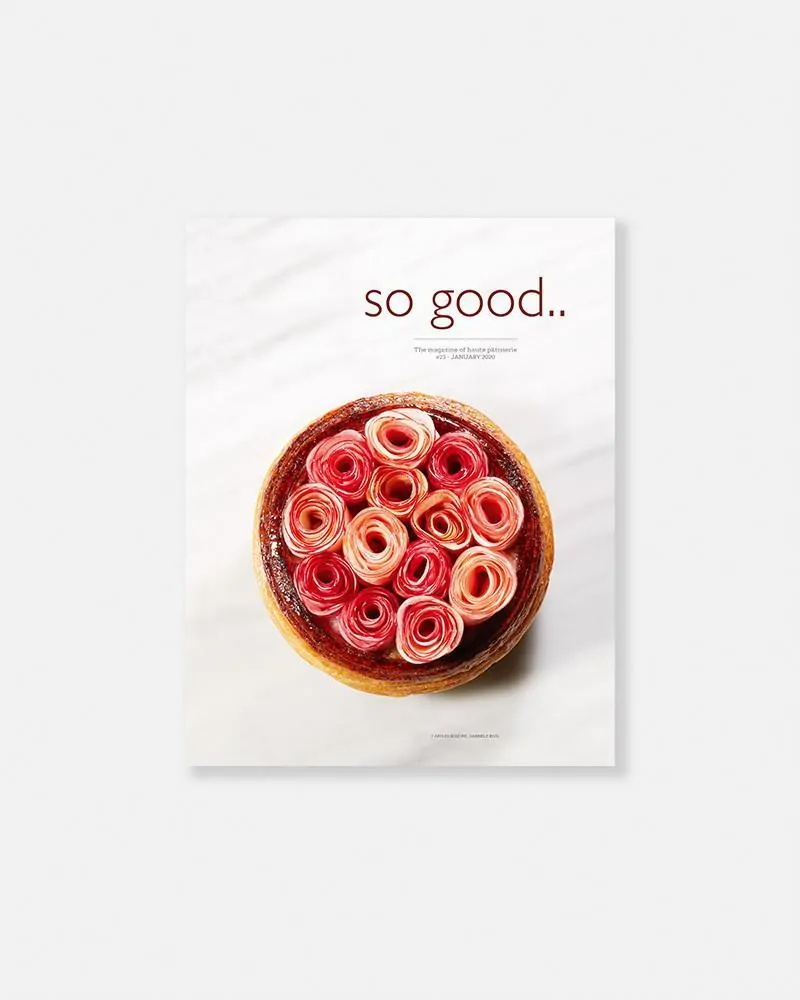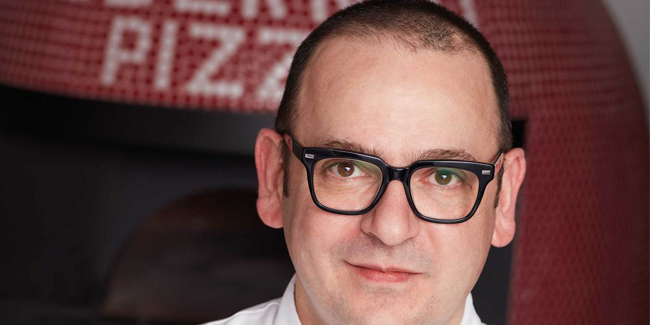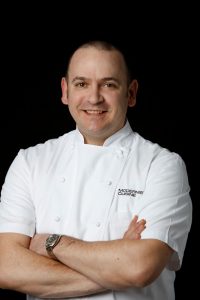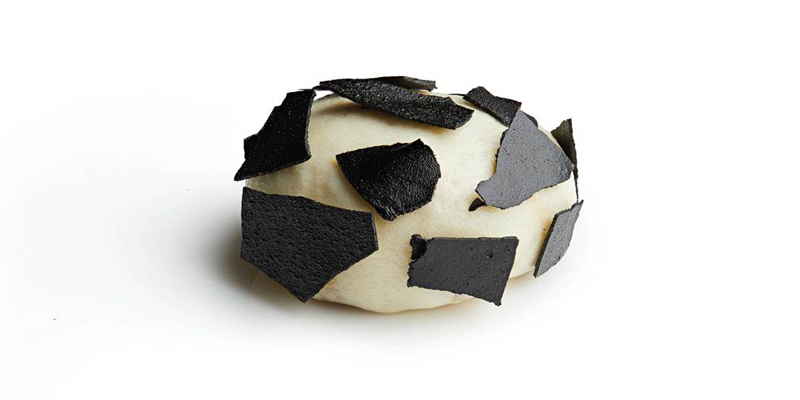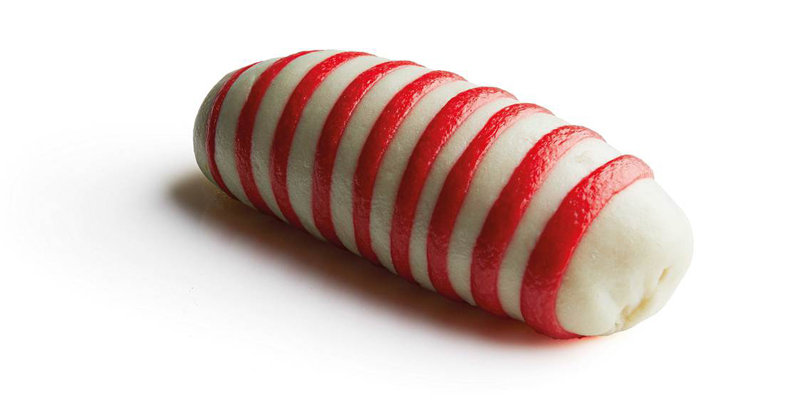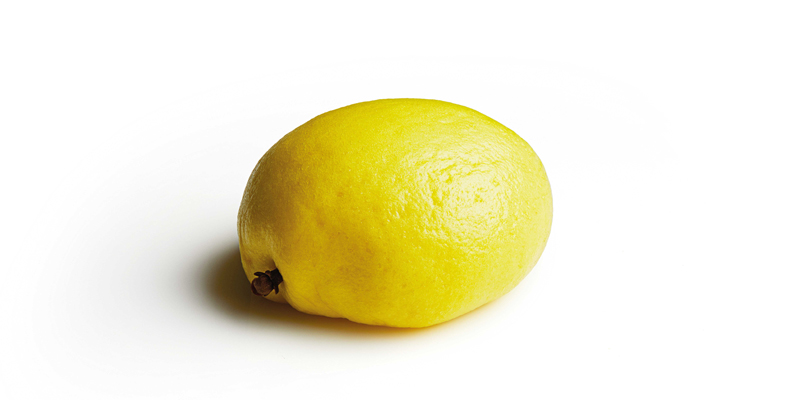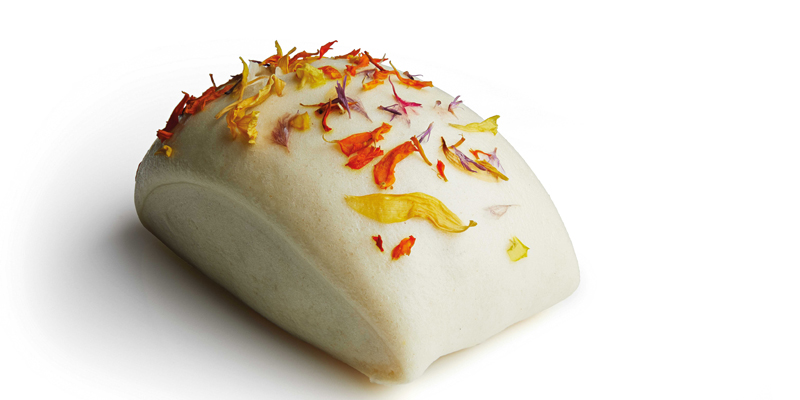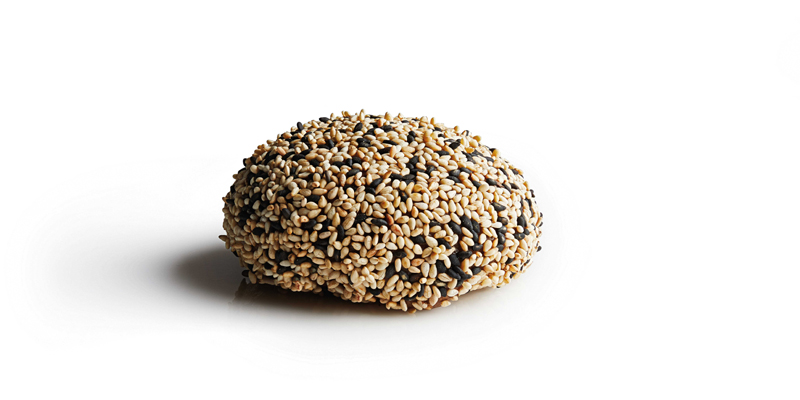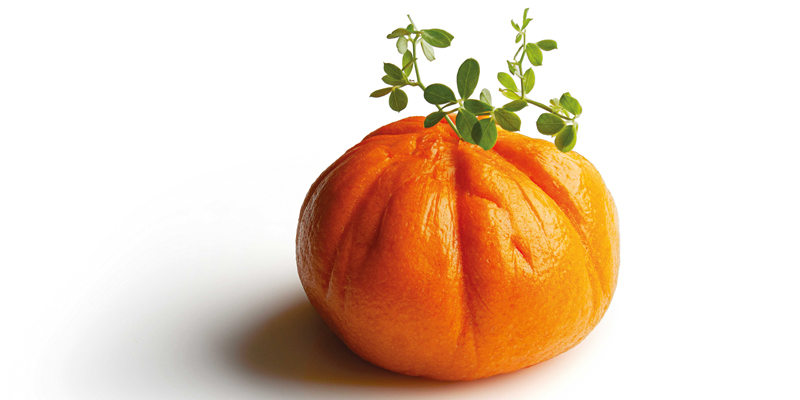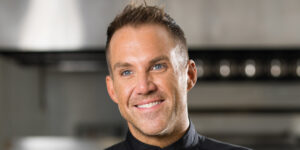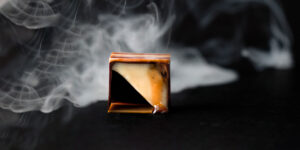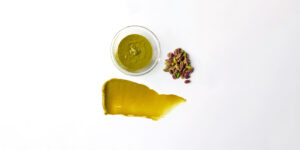Categories Pastry Chef Articles
Francisco Migoya: ‘Learn the classic pastry first, and then see what you are capable of’
It is exactly where he wanted to be, thanks to having done everything necessary to one day be in a place like that. Trains always pass closer to those who are truly prepared to get on.
After working in hotels and restaurants, being a patisserie and bakery instructor at the Culinary Institute of America, and setting up his own chocolate company, in 2014, Francisco Migoya joined Modernist Cuisine to lead an already famous culinary and scientific team and work directly with the founder, Nathan Myhrvold. Together they have spent more than three years researching the science, history and baking techniques to be able to launch the pharaonic work Modernist Bread.
Now Migoya, in full professional and personal maturity, is reaffirmed in some key ideas, such as the need to learn the basics and classics well to develop a personal style and not have to copy others, as explained in the interesting interview we share below.
The chef also presents at so good #23, exclusively, an amazing line of bao breads (steamed buns), a type of dough with a simple preparation process and innumerable possibilities in terms of formats, flavors and textures.
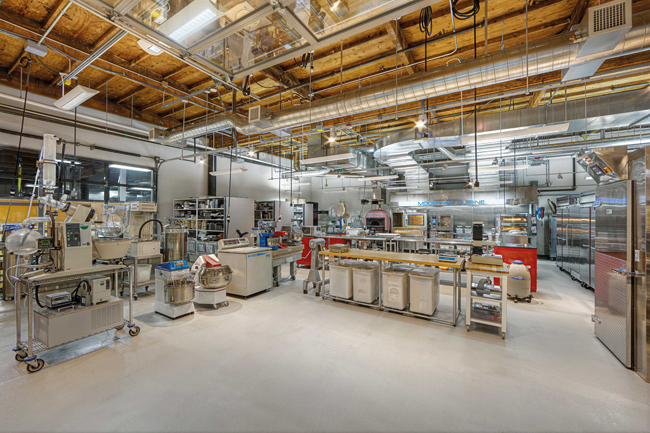
How would you define your current professional period?
I am in a place where I believe everything I have done before has led me to be exactly here. I no longer work in a production or retail environment, but I use that experience in my current work to develop books that are not only informative but also practical. Education and sharing information are instrumental to me, and this work allows me to continue to do that with great resources at my disposal.
Our intent is to be a source of information for all types of people. In a sense we utilize science to provide information and answers, as well as to develop ideal recipes.
What is your daily work routine like?
My work consists first and foremost of writing books. Our books are multi volume books and are intended to be the very in depth and comprehensive on whichever subject we are writing about. We strive to answer any and all questions about the subject at hand. My job is to write text for our books, as well as to lead a team of chefs and food scientists in the development of recipes and experiments. Our intent is to be a source of information for all types of people. In a sense we utilize science to provide information and answers, as well as to develop ideal recipes. But not everyone is a scientist, and not everyone understands the language of science which can be dense and confusing if you are not accustomed to it. We act as ‘translators’ so that everyone can benefit from knowledge.
What are the upcoming challenges?
We will continue to write books and are in the planning phase of our next projects which will continue to be in the realm of baking and pastry.
I have always thought that creativity and the spirit of innovation go hand in hand with being a pastry cook or chef.
What does current patisserie have too much and too little of?
Too many silicone molds and too few unique perspectives. What I enjoy most about pastry is being able to create my own designs and ideas, and I feel like there is a lot of copying or imitation happening. Trends arrive and it seems everyone wants to replicate a style, then a new one comes and history repeats itself. I have always thought that creativity and the spirit of innovation go hand in hand with being a pastry cook or chef. Why not do something more personal? I also feel that people aren’t very interested in not only learning classic pastry but how to execute it well. Most want to jump to making whatever is in style but cannot bother to learn how to make a proper puff pastry or éclair. These items are classic for a reason: they will always be there. Shiny colored glazed entremets may not. Learn the classic pastry first, and then see what you are capable of.
It seems to me that bao is a basic preparation that has a lot of potential to be very versatile not only for savory preparations but also sweet.
Tell us about the bao breads that you share with us in so good.. magazine. What is especial about them? What possibilities does steaming have compared to other popular methods?
Steamed buns are a significant staple in Chinese cuisine. This easy recipe creates a dough you can transform into many different shapes, from a simple steamed mantou to bao to variations such as hum bao. It seems to me that bao is a basic preparation that has a lot of potential to be very versatile not only for savory preparations but also sweet. It is a small soft bun that is served warm and can be filled with pretty much anything. This opens a lot of creative possibilities especially for restaurant service. They only take 20 minutes to steam and can easily be reheated which makes them very service-friendly (in 1 -2 minutes they can be fully reheated in a steamer and are as good as fresh made after this. I have included a few sweet bao ideas along with two savory ones, but there are so many more possibilities. We recommend using a type of flour that is called Hong Kong flour, which is a very low protein white wheat flour; if you cannot find this type of four simply use the softest white flour you can find. The softer the flour, the softer the bun. I also recommend mixing this dough with a paddle attachment instead of a hook attachment since it will be easier to mix this way.
